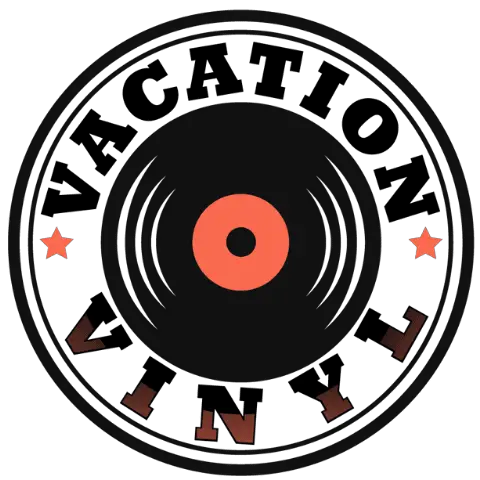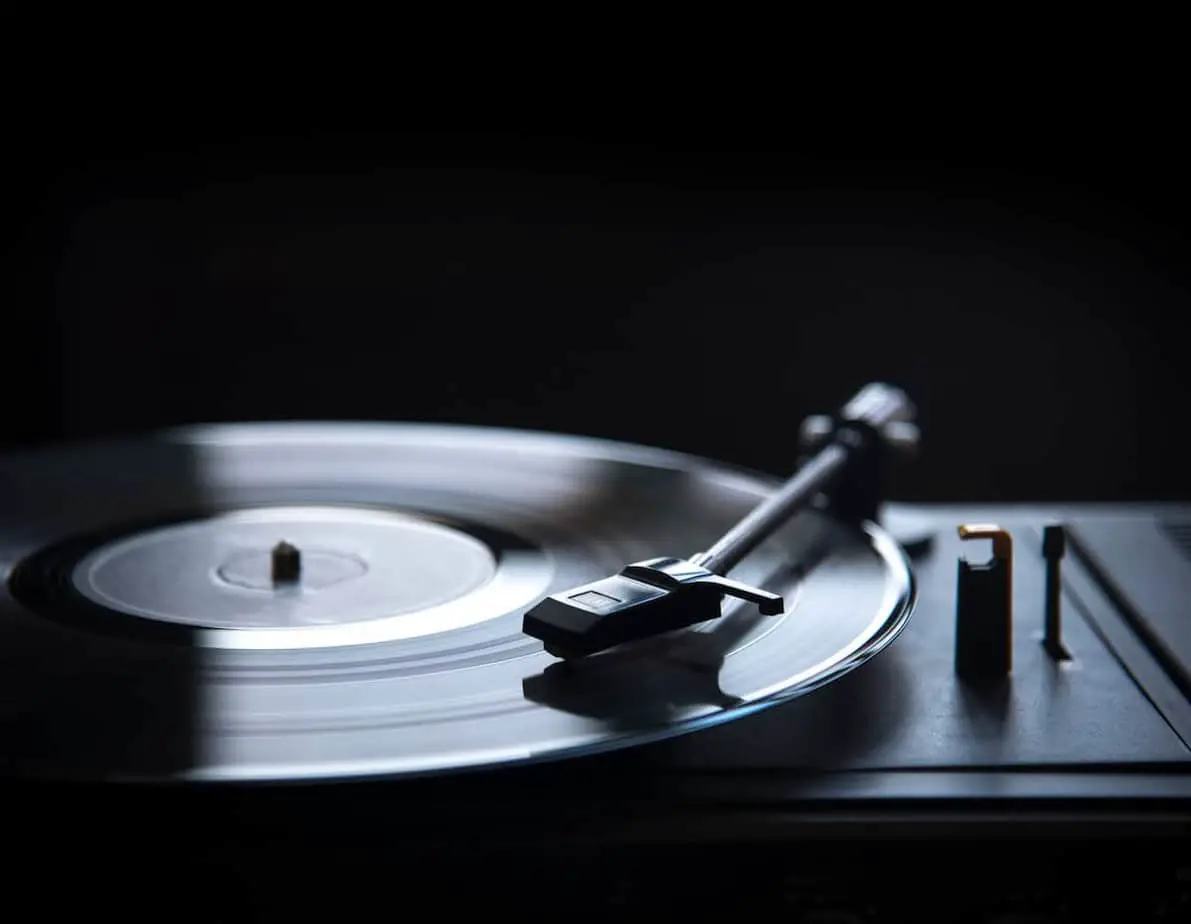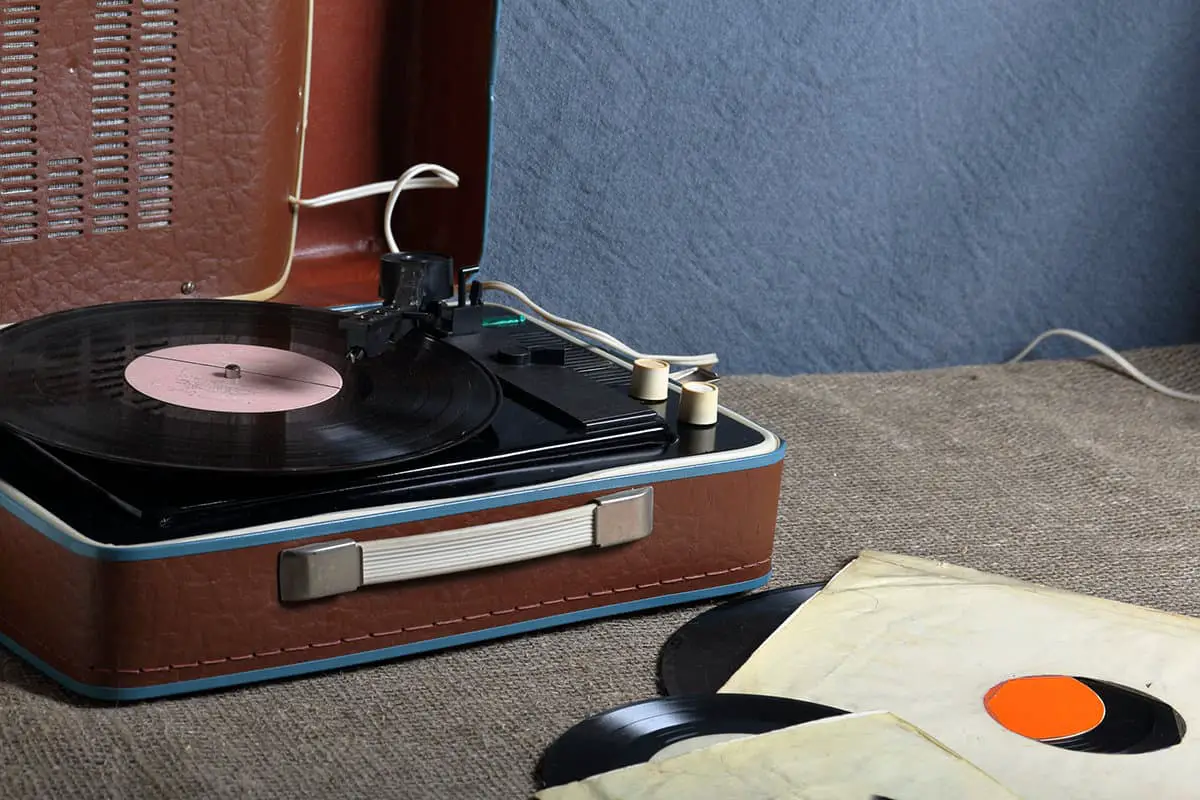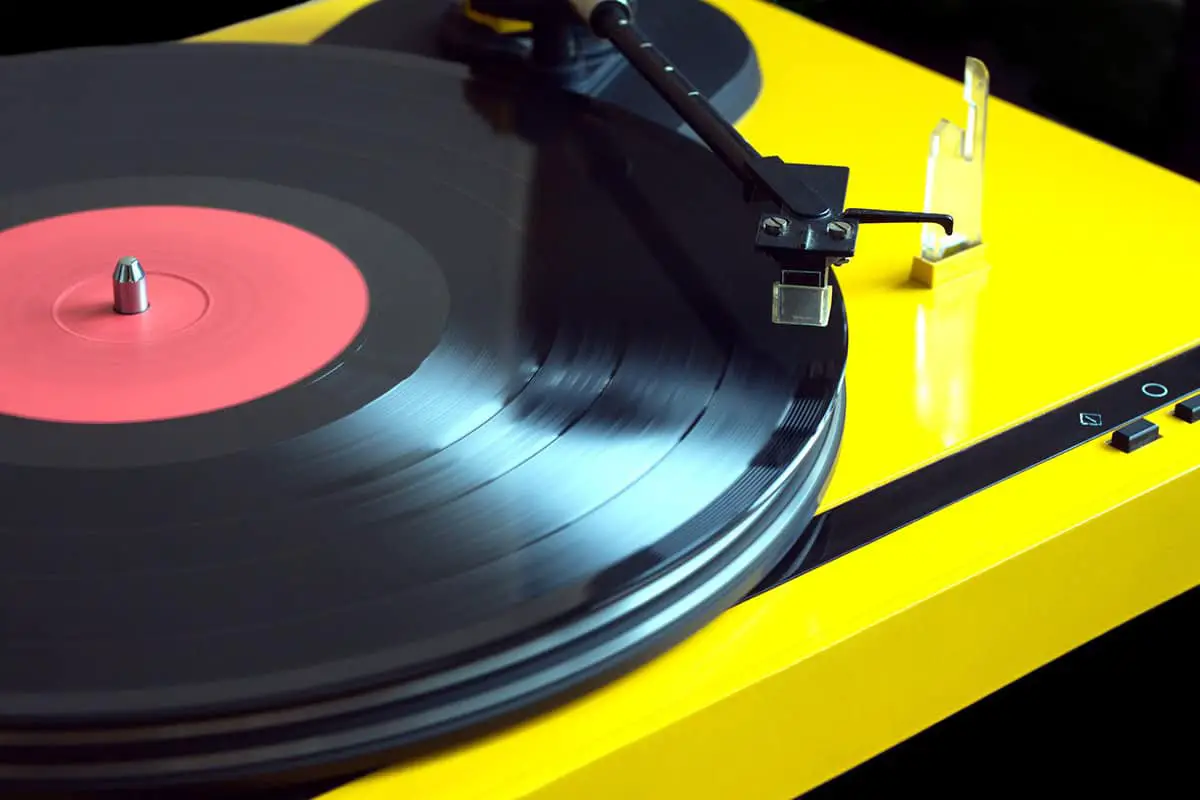This post contains affiliate links.
We all know the clock moves clockwise, hence the name. The planets and other celestial bodies revolve counterclockwise around the sun, and water drains counterclockwise in the Northern hemisphere. But which way does a record player spin?
Record players spin clockwise universally. They rotate to the right if they’re working correctly. Turning a record player counterclockwise would damage it and is, therefore, not advisable.
To understand this better, in the rest of this article, I’ll explain the design of a record player and why it spins the way it does.
Table of Contents
Berliner Designed Record Players To Turn Clockwise
The reality is, record players on this side of the world spin clockwise because Berliner, who invented disc recording, was used to things turning that way. If you’ve looked at the clock your entire life, your brain automatically assumes clockwise is the normal way to spin. Also, Berliner based the design of his flat disc player on a music box that turned clockwise.
There’s no scientific or technical explanation for why a disc should spin to the right and not to the left. It’s just that clockwise seems like the most natural rotational movement to most people. 90% of the world population is right-handed, and placing the tonearm with the left hand is counterintuitive and awkward, to say the least.
However, there’s a design aspect in play, too.
To play a record player, you need to put the needle on the groove. The needle and the record’s rotation must go in the same direction; otherwise, the needle would bend backward and break or scratch the disc. Since needles in the USA and this side of the world are designed to travel from the outside, the player must turn clockwise to match that rotation.
You would imagine that record players in other parts of the world turn anticlockwise because their designs might be different. For instance, some people have the perception that record players in the Southern hemisphere, especially Australia, spin counterclockwise. However, this is not the case since record players turn clockwise universally.
Greg, a store attendant working at RoundAgain Record Store in Australia, confirmed this.
“All record players in Australia spin clockwise. Spinning your player in a counterclockwise direction would only damage it, hence it’s unadvisable to do so,” he said.
What Happens if You Play the Record Counterclockwise?
The stylus and the disc itself will get damaged if you play the record counterclockwise or backward. Numerous cartridges aren’t designed to run in reverse, so playing the record counterclockwise means that the record is going against the law of their nature.
For this reason, the sound you get will become horrible, and people say it sounds like the devil’s voice.
When you play a record counterclockwise, the vinyl grooves push against the stylus because they come towards each other instead of moving in the same direction. Think of it as the difference between dragging a stick behind you when walking and trying to push it forward when it’s in front of you. The latter will be harder, and the stick will likely break at some point.
Some people claim that playing a record backward can help you hear tracks that contain subliminal messages. While that may be true, you do it at the risk of destroying your record player and the records you are playing.
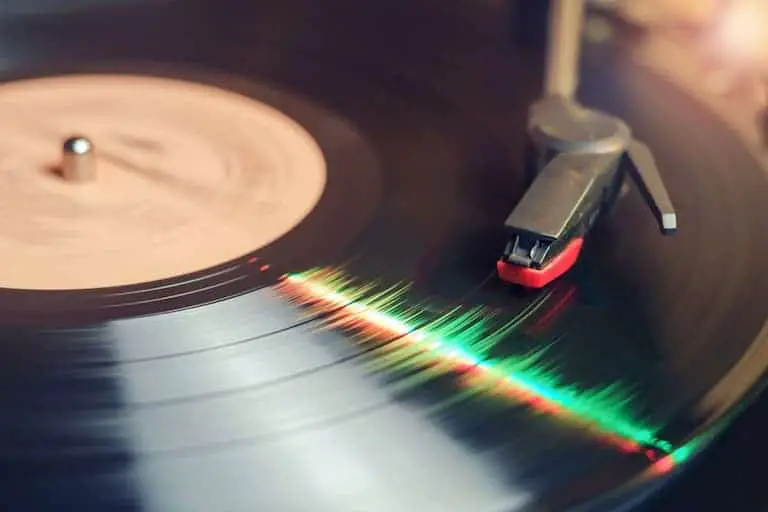
Do DJ Record Players Spin Clockwise?
DJ record players, known as turntables, spin clockwise until the DJ starts back spinning. Back spinning is where the DJ manually manipulates the vinyl record playing on the turntable using his hand’s force to spin backward, despite the platter’s rotation under it.
Back spinning allows them to go back to a particular point in the record, cut music, or juggle beats. Deejays use a slipmat to reduce friction between the record and the platter when spinning the wrong way. You can tell it’s going the wrong way because it makes a shrill sound, otherwise known as a scratch.
However, it’s important to know that DJ turntables are designed a little differently from regular record players. Deejays prefer direct-drive turntables over belt-driven record players because the belt is likely to get stretched or damaged during ‘scratching.’ That said, Deejays are aware that scratching affects the records, and they replace them often.
If you try to spin records in your record player like a DJ, all you’ll accomplish is destroying the setup.
Common Record Player Issues Related to Spinning
Sometimes record players stop working or work in ways they’re not supposed to. Therefore, it’s important to make sure you take good care of your record player. Some of the issues that a record player may face are as follows:
The Record Player Is Not Spinning
There are plenty of reasons a record player would stop spinning, and most of them are fairly easy to solve:
- There is a lack of power. As embarrassing as it is, the main reason why a record player doesn’t play is that it’s not plugged in or plugged properly. Start by checking the power source and move on to other culprits if that’s not the issue.
- The tonearm isn’t reset. Most record players’ tonearm holding the stylus needs to be frequently reset because it clicks off when a record ends. The player won’t play until the arm is reset to the correct position. Gently push it back until you hear a clicking sound, and the player will spin again.
- There are belt drive issues. The belt may get too loose or wear out in belt drive players. Such a problem can be solved by tightening the belt in case of looseness or buying a new one if it’s old. Belt issues are a very common problem, so it should be one of the first signs you check out.
- There are direct-drive issues. If you have a direct drive record player, it could be the internal mechanism of the motor, often affected by dirt or debris getting stuck in the shaft. A jammed platter and faulty on and off switch could be the issue. Regular maintenance and keeping the player clean is the only way to prevent the issues. You can also take it to an expert for a check-up, as most direct drive issues are complicated.
The Record Player Makes No Sound
What do you do when your record player is turning just fine, but there’s no sound coming from it? Do the following:
- Start by checking the connection on the cartridge. Make sure the stylus is sticking down on the cartridge.
- Ensure the volume is up by turning it clockwise.
- Ensure nothing is connected to the earphone jack on the back.
- Check that the stylus is in the correct position and reset it if it’s not.
- Ensure the speakers and amplifier are connected and powered on if you can hear the music on the turntable but not on the speakers.
The Record Player Plays Too Fast or Too Slow
Do you think your record player is moving too fast? You may not be imagining things. Sometimes, the speed selector may become faulty due to dirt or grime build-up over time. This causes it to send too much voltage to the motor, making the record spin too fast. You can clean the switch and lubricate it or replace the entire thing if it’s too old.
A loose and misaligned belt is another reason a player can move too fast. With time, belts stretch and get repositioned, causing deviations in speed. You need to replace the belt with a new one.

But what if it’s playing too slow instead? Consider doing the following:
- Lubricate the parts. Some gears and motors under the platter need to be lubricated to reduce friction.
- Change the speed selection. When you change records of different sizes, it’s easy to forget to switch the speed selector from 33 rpm to 45 rpm or vice versa. It will affect the speed, so you need to do it with every change.
Final Thoughts
Under perfect conditions, a record player should spin clockwise until the record is up and then stops. Something is wrong with your record player if it stops playing somewhere in the middle or starts spinning backward. You need to have it often serviced and keep the parts clean.
For people who may want to spin records backward, a spin table designed for Deejaying is the best option for you.
VacationVinyl.com is a participant in the Amazon Services LLC Associates Program, an affiliate advertising program designed to provide a means for sites to earn advertising fees by advertising and linking to Amazon.com. We also participate in other affiliate programs which compensate us for referring traffic.
